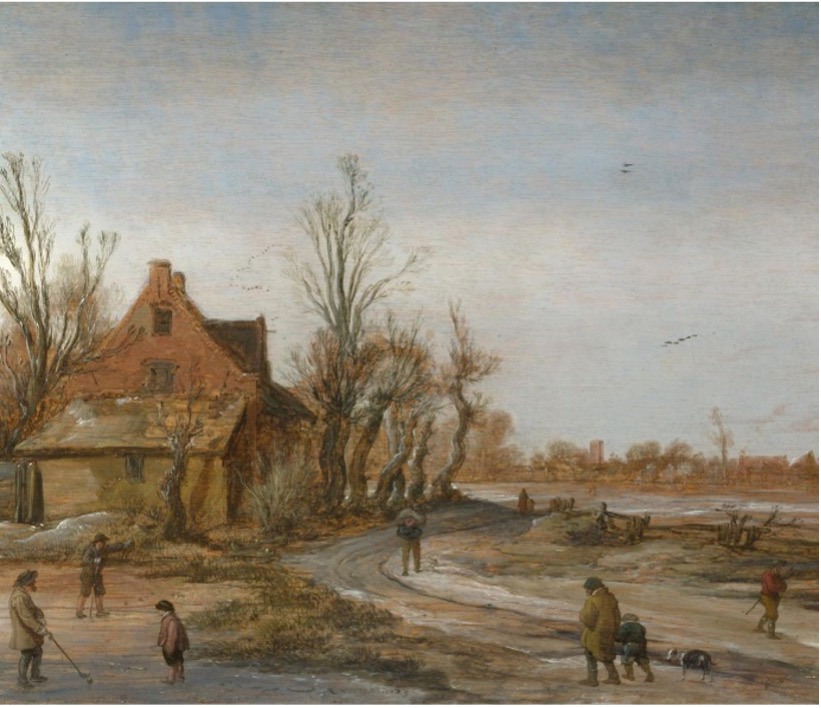

Public Lecture by Melanie Gifford on the evolution of coloured grounds in 17th century Dutch landscape paintings
Date: May 28, 2024
Location: Doelenzaal (University Library, Singel) Amsterdam.
Cost: free
Registration: click here
Programme
16:00 – 16:15 Arrival with coffee/tea
16:15 – 17:15 Introduction and public lecture
17:15 – 18:15 Drinks in the Doelenzaal foyer
The UvA Down to the Ground project team is delighted to invite you to a public lecture by Dr. Melanie Gifford, renowned expert on seventeenth-century Dutch painting. For five years, the NICAS-affiliated “Down to the Ground” project sponsored by the NWO has gathered art historians, conservators and scientists to study the impact of coloured grounds on Dutch paintings between 1550 and 1650.
In this lecture, organised on the occasion of an international Down to the Ground expert meeting, Dr. Gifford will talk about her ongoing research into Dutch seventeenth-century landscape paintings. The ground, the foundational layer of a painting that lies between the canvas or panel and the painted image, is integral to the visual qualities of the finished work, developments in Dutch seventeenth-century landscape offer a microcosm of its evolution.
Synopsis
The Ground Beneath Us: practical choices and aesthetic consequences in Dutch landscape paintings of the seventeenth century
Early in the seventeenth century, a handful of artists developed a new way of painting landscape, radically streamlining their methods to create novel “tonal” views of the Dutch countryside. Although these artists had been trained in the Antwerp tradition of colourful panoramas that showed exotic, imaginary scenes, their new and more tonal paintings depicted modest views of local sites. This lecture explores how the artist’s choice of a ground layer evolved: from the white grounds used by the earliest landscape specialists in the sixteenth century to a wide range of coloured grounds available to seventeenth century painters. It also looks at the consequences of this development for the appreciation of these landscapes. Different grounds created different visual qualities, nuances that must have appealed to specific groups of art lovers: from collectors seeking refined views of far-off lands, to those who appreciated the immediacy of a quickly noted local scene.
In her lecture, Melanie will argue that the quick sketchy painting technique, which exposed the entire painting process from ground to final touches, was meant to imply that the artist had worked on-site in locales art lovers would have recognised from their own wanderings. Highlighting a shift in the appreciation of the virtuoso, this also marked a new pride in the landscape of an emerging nation and a fascination for the newly emerging reality-effect that was considered as something typically Dutch.

Esaias van de Velde, ‘Winter Landscape’, 1623. National Gallery, London, NG6269
About Melanie Gifford

Melanie Gifford’s research focuses on the artistic decision-making process among Dutch and Flemish painters. A painting conservator with a PhD in art history, she uses microscopic study of paintings and their materials to address art historical questions. She has worked at the Walters Art Museum, Baltimore; in the Scientific Research Department of the National Gallery of Art, Washington; and most recently on a research fellowship at the Metropolitan Museum of Art, New York. Her current research will result in a book that explores how innovative painting techniques developed by Dutch artists at the start of the 17th century transformed a long Flemish tradition of imaginary landscapes into a newly naturalistic mode depicting the local scene.